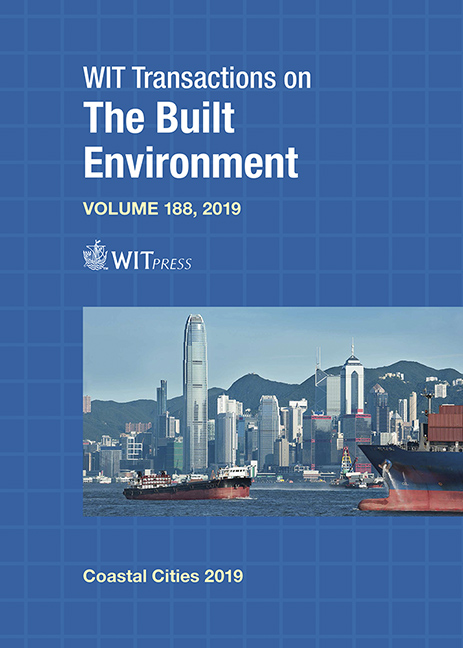BIOREGIONAL APPROACH TO INTEGRATING TRANSPORT NETWORKS AND NATURAL AREAS IN THE LAZIO REGION COASTAL AREA, ITALY
Price
Free (open access)
Transaction
Volume
188
Pages
12
Page Range
95 - 106
Published
2019
Paper DOI
10.2495/CC190091
Copyright
WIT Press
Author(s)
ALBERTO BUDONI, VALERIO MAZZESCHI
Abstract
“Bioregion”, a term coined by Peter Berg in 1977, was improved by Alberto Magnaghi, who defined it as the space for developing new relationships of coexistence between the inhabitants–producers and the territory of a region. Therefore, bioregion is a tool for rethinking regional planning, no longer as the sum of different sectorial planning exercises, but as a “transdisciplinary planning” approach that considers all of a territory’s aspects. This approach is related to EU policies for Integrated Coastal Zone Management (ICZM) and the protection of maritime and coastal areas. This paper presents a case study on the coastal areas of the Lazio region of Italy which have a great many natural areas but which is also one of the most anthropized areas in the region. Indeed, due to the rising population, many interventions in the coastal areas resulted in the transformation of natural zones into urban areas. One effect has been urban sprawl and the related lack of capillarity of the public transport network. The result was that many ecosystems and natural areas were fragmented, losing their biodiversity. With a view to reconnecting these fragmented areas, this paper discusses a new regional scenario based on enhancing the linkages between land transport networks and the maritime gateway. In this scenario, railway corridors would stimulate a new organisation for the region’s settlements by representing not only the network connecting the bioregion’s cities and towns but also the cornerstones for the environmental regeneration of the coastal areas.
Keywords
bioregion, railways, ports, ICZM, transport corridors





